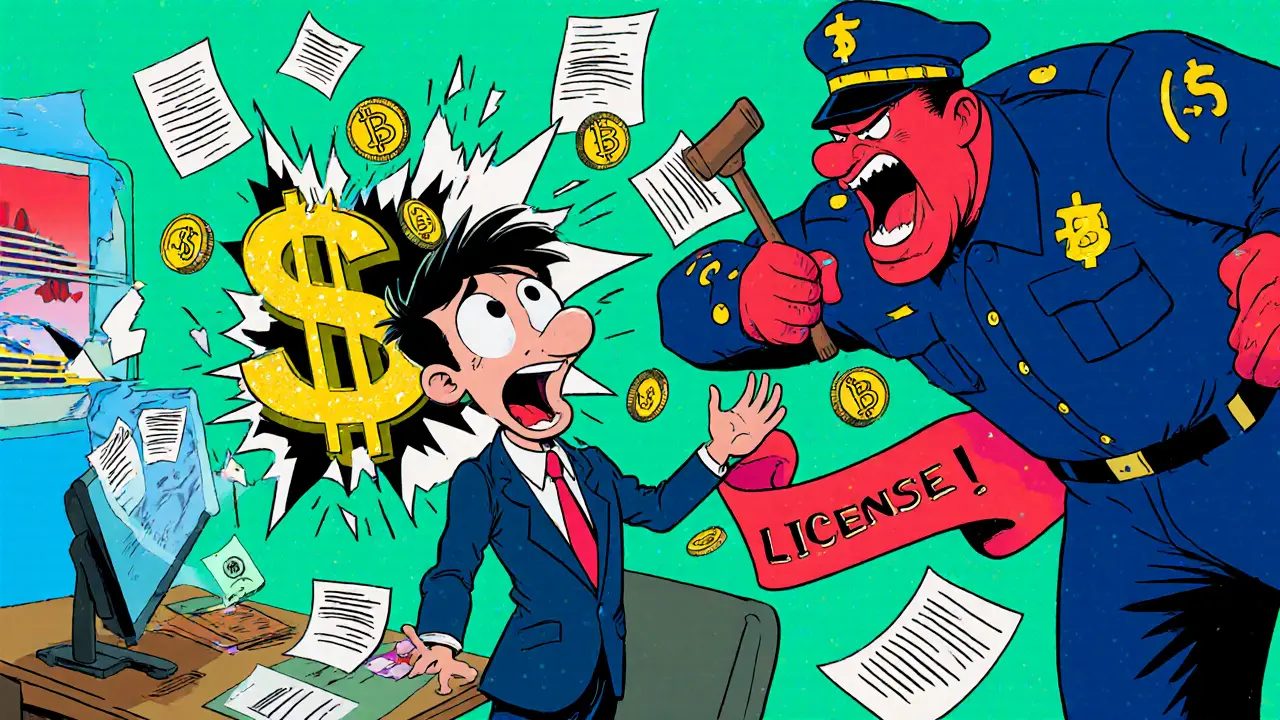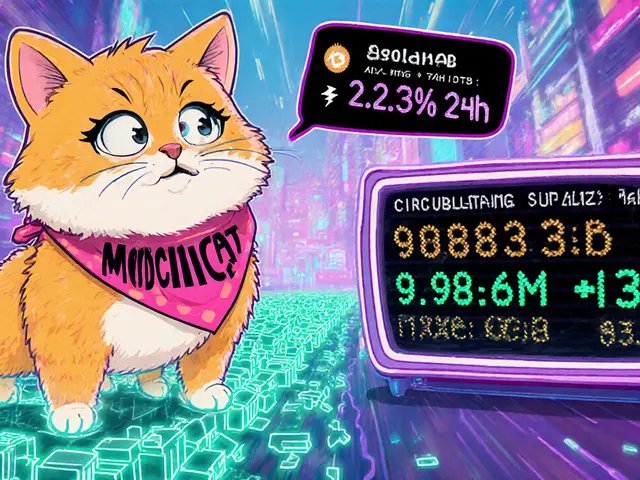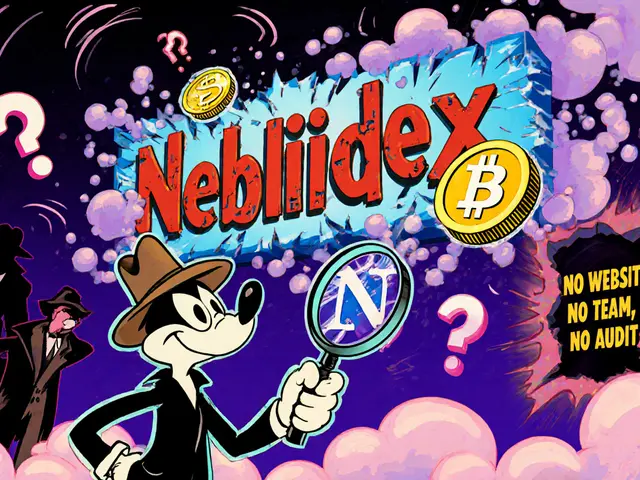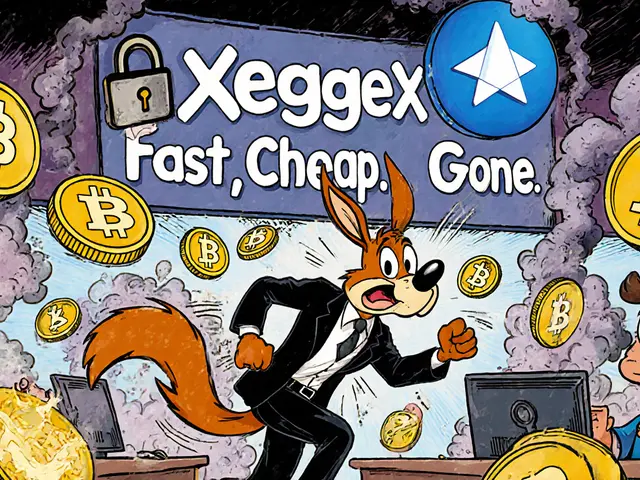Decentralized Finance Licensing: What You Need to Know
When you hear Decentralized Finance Licensing, the process of getting legal permission to run financial services on blockchain platforms. Also known as DeFi licensing, it bridges the gap between innovative token economics and the rulebooks that govern traditional finance.
One of the first things to grasp is Regulatory Compliance, the set of rules a project must follow to stay legal. Without compliance, even the most exciting DeFi protocol can hit a wall when it tries to attract institutional investors. Compliance isn’t just paperwork; it shapes token design, KYC procedures, and even how you market your project.
In the United States, the SEC, the Securities and Exchange Commission and the CFTC, the Commodity Futures Trading Commission are the two powerhouses fighting over who controls digital assets. Their rulings determine whether a DeFi token is treated as a security, a commodity, or something in between. Knowing which agency has jurisdiction over your token can save you months of legal back‑and‑forth.
Another key piece is Crypto Licensing, the official permit that lets you offer crypto‑related services like exchanges, lending, or token sales. Licensing requirements differ country by country, but most jurisdictions ask for a clear token utility, anti‑money‑laundering (AML) procedures, and a solid governance model. Missing any of these can trigger fines, shutdowns, or worse.
How Licensing Shapes DeFi Projects
Licensing isn’t a ceiling; it’s a toolkit. It forces you to define token utility, which in turn helps investors understand real‑world value. It also pushes projects to build robust smart contracts, because regulators increasingly look at code quality when deciding whether to grant a license. Finally, a proper license opens doors to banking partners, insurance providers, and institutional capital that would otherwise stay out of reach.
Take the example of a DeFi lending platform that wants to offer tokenized loans. With a license, the platform can partner with a bank to hold collateral in a regulated account, reducing counterparty risk. Without a license, the same platform must rely on fully on‑chain collateral, which many users view as less secure.
From a developer’s perspective, licensing changes the roadmap. You’ll spend time on KYC/AML modules, on‑chain audit trails, and on legal contracts that spell out user rights. It also means you’ll likely need a legal partner who understands both blockchain technology and the nuances of financial law.
But licensing isn’t a one‑size‑fits‑all. Some projects opt for a “sandbox” approach, launching a minimal viable product in a jurisdiction with a light‑touch regulator. Others go for a full‑scale license in a major market like the EU or the US, betting that the credibility boost outweighs the cost.
In practice, many DeFi teams blend both strategies: start small, gather data, then apply for a full license once they’ve proven the model works. This incremental path reduces risk while still paving the way for future expansion.
So, what should you do right now? First, map out which regulator—SEC, CFTC, or a foreign authority—has the most influence over your token’s classification. Second, draft a compliance checklist that covers KYC, AML, token utility, and audit requirements. Third, talk to a legal firm that specializes in crypto licensing; the sooner you get professional input, the smoother the process will be.
Below you’ll find a curated collection of articles that break down token airdrops, DeFi protocol reviews, and the latest regulatory battles. Dive in to see how licensing fits into each scenario and get actionable steps for your own project.







Categories